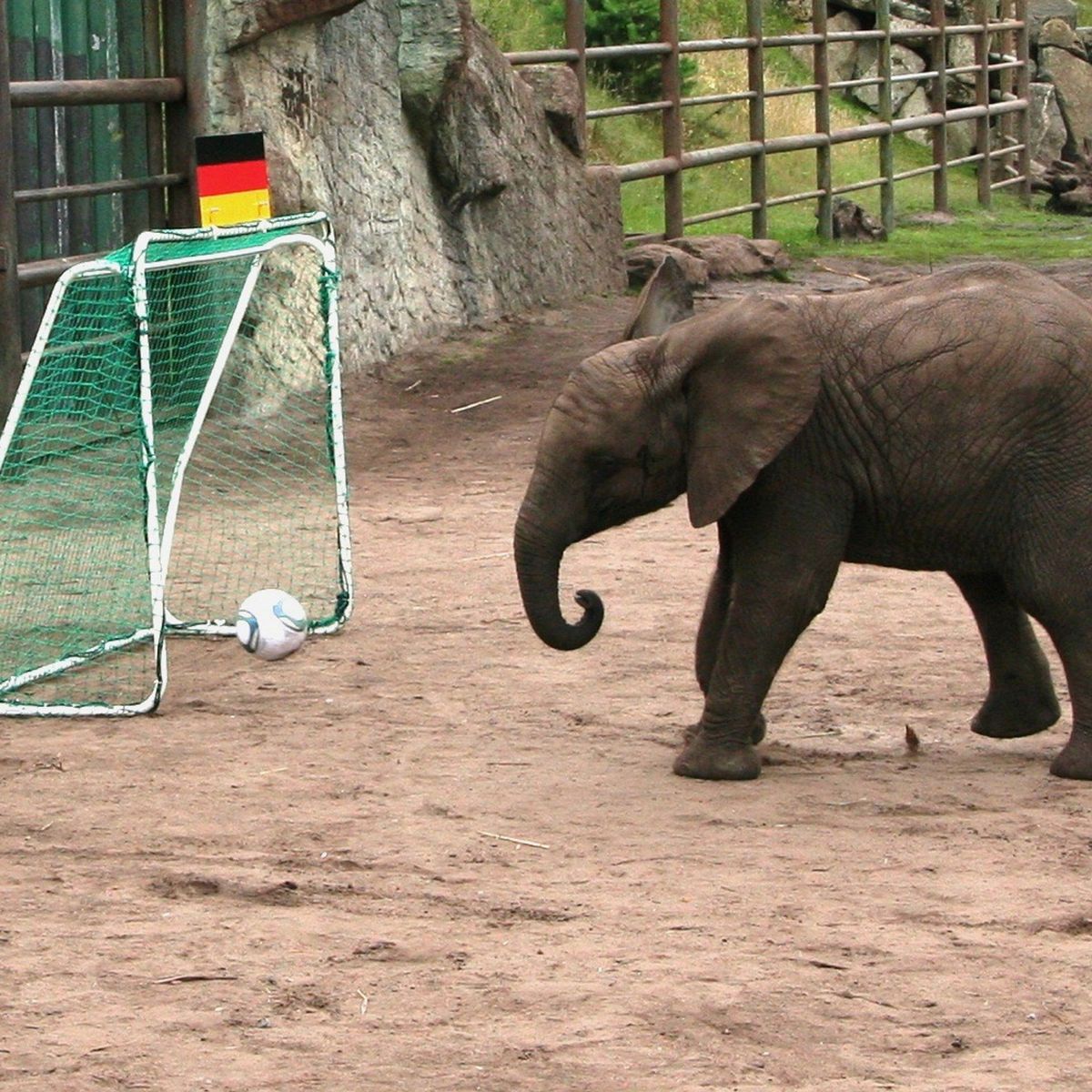Imagine a soccer match like no other, where the players are not agile humans but rather massive, majestic elephants. Welcome to the world of Elephant Soccer, a unique and fascinating spectacle that showcases the incredible agility and intelligence of these gentle giants. In this article, we’ll delve into the origins of Elephant Soccer, the rules of the game, the training process for these magnificent creatures, and the impact of this unusual sport on both conservation efforts and public awareness.
The Origins of Elephant Soccer
Elephant Soccer may sound like a recent invention, but its roots go back several decades. The idea originated in Southeast Asia, where elephants have long been revered and utilized for various purposes, including logging and transportation. To provide entertainment for locals and tourists alike, organizers started experimenting with adapting traditional sports like soccer to accommodate the massive size and strength of elephants.
The first Elephant Soccer matches were informal and held in local villages as a form of celebration. As the spectacle gained popularity, it evolved into a more organized and regulated sport, drawing attention from around the world. Today, Elephant Soccer is not only a source of entertainment but also a means of raising awareness about elephant conservation and the challenges these animals face in the wild.
The Rules of the Game
While Elephant Soccer shares some similarities with conventional soccer, there are unique rules to accommodate the players’ four-legged nature. The game is played on a specially designed field with larger goals, and each team consists of skilled mahouts (elephant handlers) and their pachyderm partners.
One of the most distinctive features of Elephant Soccer is the prohibition of using feet to score goals. Instead, elephants use their trunks to manipulate a specially designed oversized ball into the opponent’s goal. The game emphasizes the bond between the mahouts and elephants, requiring precise communication and teamwork to navigate the field and score points.
Despite their enormous size, elephants exhibit surprising agility and control, making each match a thrilling and unpredictable experience. The rules prioritize the well-being of the elephants, with strict guidelines in place to ensure their comfort and safety throughout the game.
Training Pachyderm Players
Training elephants for soccer is a meticulous process that requires patience, positive reinforcement, and a deep understanding of the animals’ behavior. Unlike traditional soccer players, elephants must be gradually introduced to the game, allowing them to acclimate to the sounds, movements, and equipment involved.
Mahouts play a crucial role in training and forming a bond with their elephant partners. Training sessions include activities that mimic the game, such as guiding the ball with the trunk and responding to commands. Positive reinforcement, often in the form of treats and praise, is used to encourage desired behaviors and build trust between the mahout and the elephant.
The training process not only prepares elephants for the physical demands of the game but also contributes to their overall well-being. It provides mental stimulation, encourages physical activity, and strengthens the relationship between humans and elephants, fostering a sense of companionship and trust.
Conservation Impact and Public Awareness
Beyond the entertainment value, Elephant Soccer serves as a powerful tool for raising awareness about elephant conservation. By showcasing the intelligence, agility, and gentle nature of these creatures, the sport highlights the importance of protecting their natural habitats and addressing the threats they face, such as poaching and habitat loss.
Many Elephant Soccer events are organized in collaboration with conservation organizations, allowing spectators to learn about the challenges elephants encounter in the wild and the efforts being made to ensure their survival. The sport has become a platform for promoting responsible tourism and encouraging support for conservation initiatives.
The popularity of Elephant Soccer has grown globally, attracting attention from media outlets, wildlife enthusiasts, and soccer fans alike. The positive portrayal of elephants in these events contributes to changing public perceptions and fostering a deeper appreciation for these majestic animals.
Frequently Asked Questions (FAQs)
Q1: Is Elephant Soccer ethical? A1: Yes, Elephant Soccer events prioritize the well-being of the elephants. Strict guidelines are in place to ensure their comfort and safety during matches. Training methods focus on positive reinforcement and building trust between the mahouts and the elephants.
Q2: Where can I watch Elephant Soccer matches? A2: Elephant Soccer events are often held in regions where elephants are traditionally revered, such as parts of Southeast Asia. Check with local tourism boards, conservation organizations, or event organizers for information on upcoming matches.
Q3: How can I support elephant conservation efforts through Elephant Soccer? A3: Attendees of Elephant Soccer events often have the opportunity to contribute directly to conservation initiatives. Additionally, raising awareness about the sport and its conservation goals can encourage support for elephant protection efforts.
Elephant Soccer is not just a game; it’s a celebration of the unique qualities that make elephants extraordinary. From the origins of the sport to its impact on conservation, Elephant Soccer has become a captivating blend of entertainment and advocacy, inviting people to appreciate and protect these majestic creatures. So, the next time you hear about an Elephant Soccer match, remember that it’s not just about goals; it’s about scoring a win for elephant conservation and understanding.

